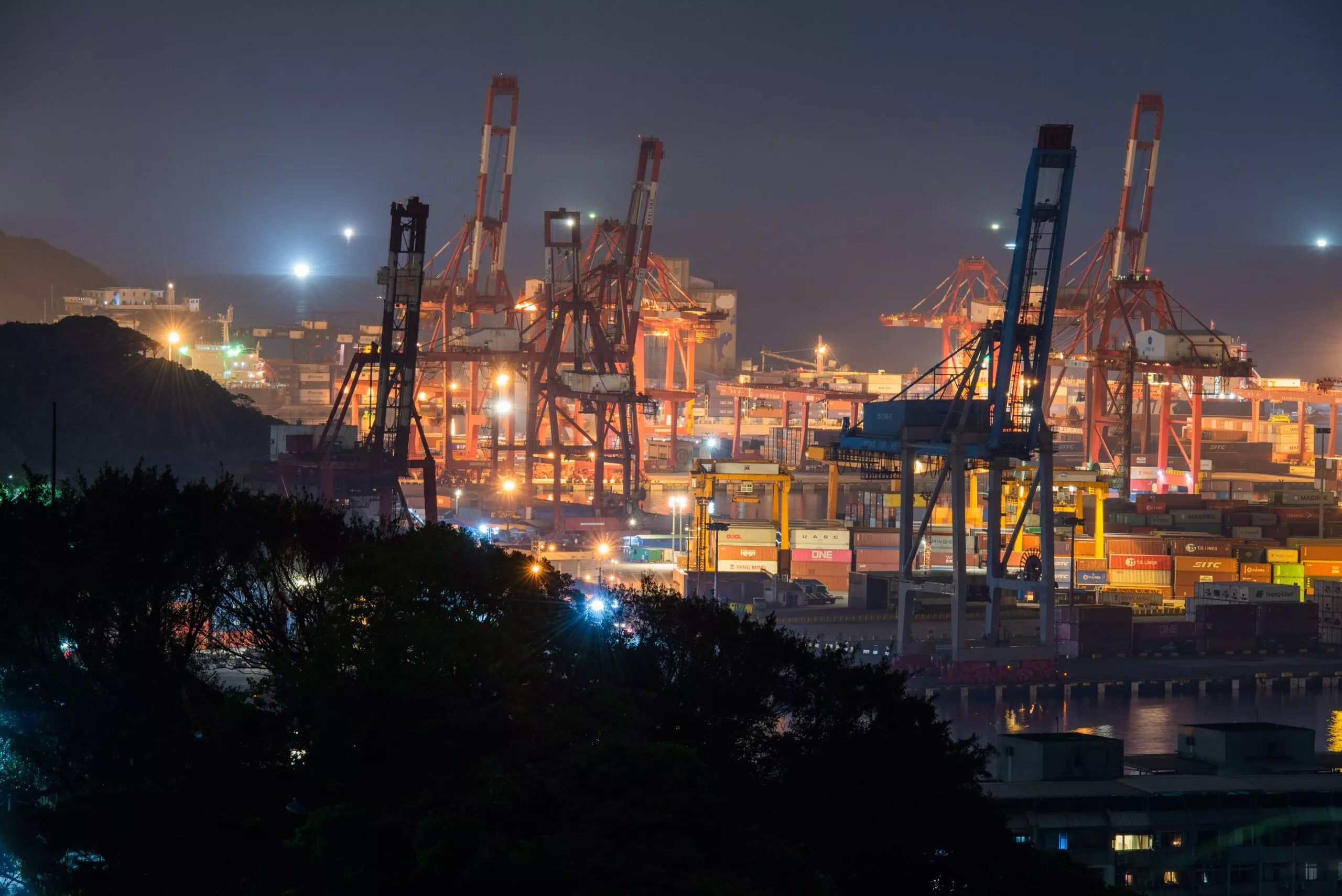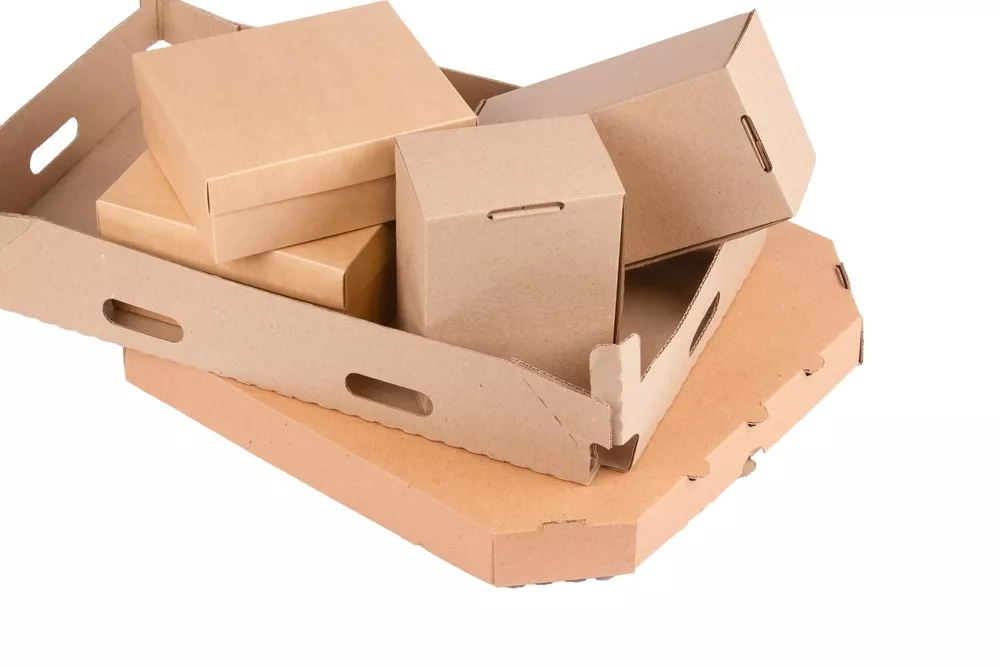5 Solutions to Reduce Packaging Waste (+ Statistics)
Organizations are increasingly responding to the call from both consumers and government regulators to minimize packaging and reduce waste. With over 60% of global consumers and more than 61% of U.S. consumers rating sustainability as an important purchase criterion, it’s high time organizations start listening and offering sustainable packaging.
As the world begins to move away from the linear consumption model, there has been a much-needed focus on a circular economic model. In this model, product packaging is minimized, is made from recycled content, and can be reused or recycled by end-users. Both consumers and organizations can do their part in highlighting sustainability and its benefits.
In this article, you will learn some packaging waste statistics, highlighting packaging’s environmental impact and the best practices to help solve the packaging waste problem.
5 Packaging Waste Statistics You Need to Know
1. Packaging accounts for 28.1% of U.S. municipal solid waste (MSW). Only around 53% end up in recycling bins. (EPA)
This number signifies the amount of packaging waste dumped in landfills and oceans. Improper waste management can have an impact on the environment. Organic and inorganic contaminants are introduced to surrounding aquatic bodies via the open dumping of garbage.

It also endangers public health with potential disease triggers and exposure of nearby residents to the hazardous materials contained in the debris. Pollutants released by waste incineration include dioxins and furans, which are associated with adverse health effects such as skin disorders, liver problems, and certain cancers.
2. From 2000 to 2019, the global plastic waste generation more than doubled to 353 million tonnes. Two-thirds of this comes from plastics with lifetimes of under five years, with 40% coming from packaging. (OECD)
Humans continue to generate and improperly dispose of a lot of waste, which is detrimental to the environment, creatures, and ecosystems shared. Long-term effects result from the increased emissions due to the amount of waste produced.

Asthma, cancer, cardiovascular and infectious diseases, birth deformities, and preterm delivery are just a few of the illnesses associated with environmental waste, while bacteria, rats, and insects gathering around it can also exacerbate the issue.
3. About 60–70% of consumers would pay more for sustainable packaging. (McKinsey)
According to the same survey, alternative packaging types consumers prefer are sustainable plastics, such as fully recyclable plastic films (22%), plastic films made of renewable and compostable raw materials (21%), and fully recyclable plastic bottles (18%).

Customers now align themselves with brands that are compatible with their values and priorities. With environmental stability being a high priority for many people, paying more for sustainable packaging is worth it. To them, businesses must do their part to lower their carbon footprint and take a step to help out.
4. Plastic production is 4% of the world’s total fossil fuel supply. This emits destructive greenhouse gasses into the environment. (Environment)

Plastic is widely used in packaging design, from berry cartons to peanut jars. Scientists project that the manufacture of plastic will be responsible for 56 gigatons of CO2 emissions come 2050 due to the sheer scale of the industry. However, the impact on the ecosystem continues even after production is complete. The solid waste generated by customer actions contributes to the effects.

5. It’s estimated that the share of global plastic waste that enters the ocean is around 3%. (Our World in Data)
Among the 3%, around 89% are single-use plastic items such as grocery bags, food packaging, bottles, straws, containers, cups, and cutlery. Plastic debris in the ocean can affect wildlife by causing entanglement, where marine animals are entrapped and constricted. Ingestion of microscopic particles such as plastic fibers by small organisms can also happen. Meanwhile, plastic films, cigarette packets, and food packaging have been found in larger fish species.

Plastics can also impact ecosystem structures due to substrate interference with plastics. This negatively affects light penetration, organic matter availability, and oxygen exchange.
5 Solutions to Help Reduce Packaging Waste
1. Source sustainable raw materials
Purchasing sustainable raw materials is a good idea to meet your packaging needs. Even better, make sure the packaging comes from a sustainable source. Look to sustainable forests for the timber needed to make the cardboard or paper required for packaging. You can also choose cotton, brand-new synthetic fibers, and wood from sustainable farms as sustainable items.
2. Opt for minimal packaging
The most important factors influencing material costs are the form and design of your packaging. Starting with a sustainable and recyclable packaging design benefits the environment and establishes your business as a pioneer in packaging solutions.

When the package becomes minimal, less waste is produced, which lowers the cost of the goods. You can save more money by reducing packaging because it uses less energy and fuel to make the material and packaging.
3. Provide staff with the right training
The amount of packing waste could be greatly decreased by training your workers. Your employees may be improperly trained or are unaware of the facility’s waste disposal procedures; thus, waste may be occasionally created or not disposed of properly.
Make sure you are clear about your commitment to reducing waste and that it’s documented in several places, such as bulletin boards, company newsletters, or company-wide emails. Stress the significance of ensuring that your workplace values reducing waste.
4. Use recyclable packaging
Utilize recyclable or reusable packing materials. You can reuse the materials for various items, such as storing office supplies in cardboard boxes and folding cartons that were left over. This aids in cutting down waste and avoiding pointless goods purchases.

Recyclable packaging enables you to turn them into new items you can use in the future. This guarantees that the packaging materials won’t be wasted or end up in landfills after being thrown away.
5. Use the right packaging size
Unless necessary, avoid mailing small items in a big package. Refrain from utilizing incorrect box sizes or loose fill, and recognize which products call for different types of packaging sizes. A good design can help minimize the amount of product packaging required while providing sufficient protection. Designing packaging with the least amount of product waste possible does not prohibit creative expression.

Reduce Your Packaging Waste Today
As more consumers become aware of the world’s current ecological status, adopting more eco-friendly packaging waste solutions can boost your brand’s image and add value to your product or service. Speak with Meyers Printing experts to learn more about your company’s requirements. Our experience in printing services can make your sustainable packaging solutions come to life.

